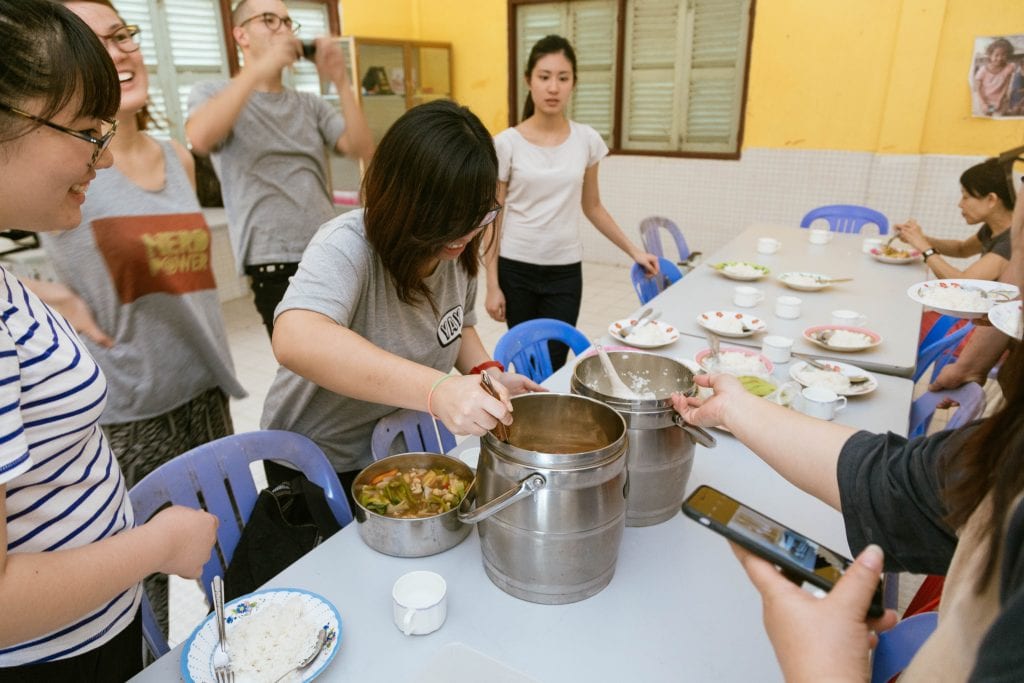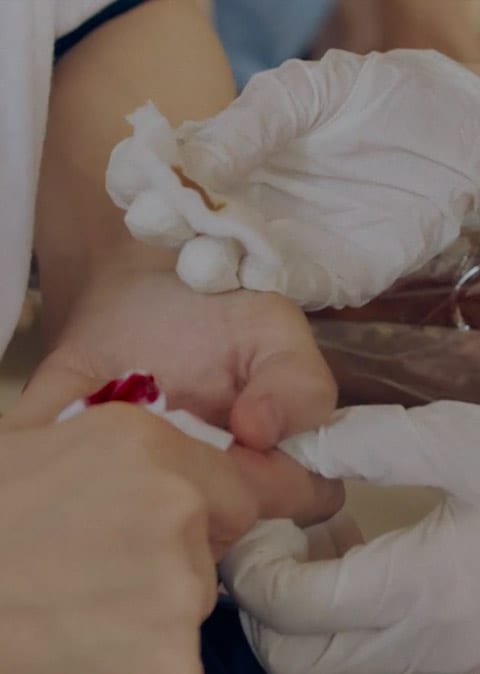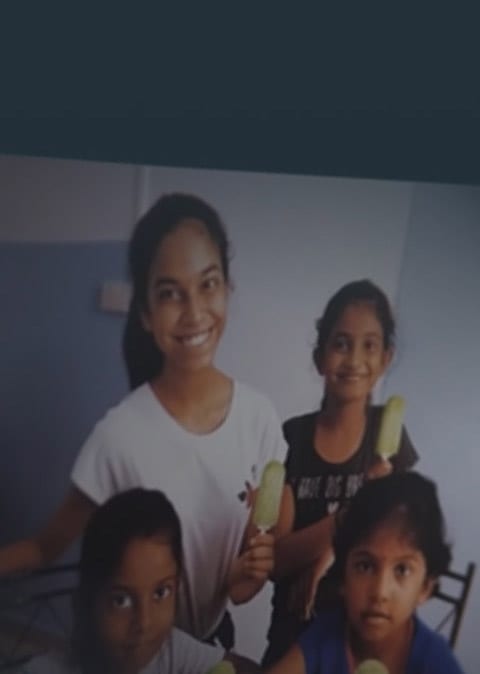What does the future hold for Singapore’s non-profits? We pull out insights from NVPC’s Futures of Giving project.
From geopolitical shifts to digital disruption, we live in a world of constant change. These forces aren’t just shaking up how we live, work and play. They’re changing how we give. As part of NVPC’s first-ever Futures of Giving project, we engaged over 40 thought leaders, including academics, businesses, non-profits and policy makers. Our aim: To figure out what charity would look like in the near future, and how the giving sector can prepare for these trends.
So what are some things to anticipate?
Givers will hold charities to higher standards

Singaporean givers are getting savvier. Instead of donating on the fly, more people are being deliberative, deciding in advance which charities to give to – 38% in 2016, compared to just 24% in 2014, according to NVPC’s Individual Giving Survey 2016 (IGS).
Rather than viewing charity as just an emotional endeavour of the heart, they are now more likely to ask hard questions with their heads, such as how effective programmes are, and what evidence there is to support needs on the ground. And as corporate philanthropy matures, businesses are also showing more depth and intention in their giving, such as exploring cross-sectoral partnerships to increase their giving impact.
Charities should be prepared to show how they will measure and assess impact, and to provide more rigorous evidence-backed claims of the needs on the ground.
While this means they may need to work harder to woo givers, the pay-offs can be meatier. Deliberative donors report giving more than double those who donate only when asked to.
Ground-up movements will continue to gain momentum

Far from the stereotype of the ‘passive Singaporean’, we are seeing a new kind of citizen – more empowered and more driven to help. Instead of relying on the government, non-profits or institutional actors for solutions, Singaporeans are ready to stop talking and start doing.
The current popularity of ground-up movements is a sign of this. Close to a quarter of people in Singapore (24%) said they are likely or highly likely to start a ground-up movement (GUM), according to an NVPC-Toluna survey in 2016.
Like a start-up, what makes GUMs effective is their agility and ground-sensing ability. GUMs typically work with the community to brainstorm ideas and solutions to plug unmet needs. But their emergence raises questions about whether non-profits will still be relevant. Can the two co-exist, or will GUMs crowd out existing players?
On the bright side, the growth of GUMS suggests a more engaged citizenry. How can players in the social sector harness this new energy so that it enriches the space? Could GUMs help non-profits evolve in a more entrepreneurial manner?
There will be huge potential to ‘Uberise’ giving
As we move into a Smart Nation, could charitable giving be made ‘smarter’?
As people grow used to new economy businesses like Uber and Foodpanda, they may expect charity to be equally easy, personalised and on-demand. Rather than shoehorning volunteers into pre-determined programmes, charity could soon be ‘Uberised’ to allow volunteers to get matched to ‘live’ needs around them – such as ferrying a senior for a medical appointment, while driving to work.
There are already tools to help. NVPC’s online giving platform Giving.sg lets charities find volunteers and track analytics for volunteer recruitment and fund-raising campaigns. Potential volunteers can also customise their giving experience, by filtering opportunities based on interest, location and date.
Will we soon see charities sending out push notifications instead of pushing donation tins? It’s not a distant possibility anymore.



















